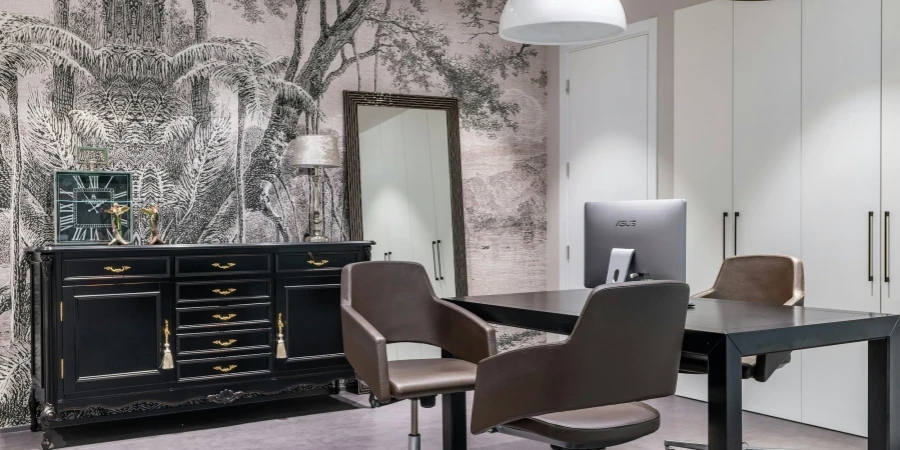Table of Contents
● Introduction
● Market overview
● Different types and their features
● Things to consider when selecting products
● Conclusion
Introduction
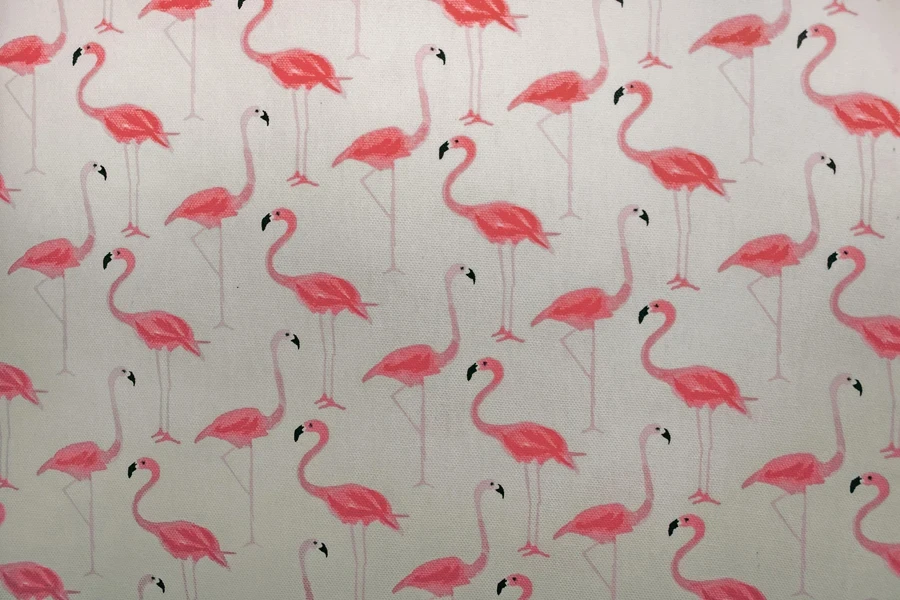
Wall murals redefine interior design by offering a versatile and impactful way to transform any space. These artistic installations enhance both residential and commercial environments, bringing creativity and a unique aesthetic to walls that would otherwise remain unremarkable. With an array of designs and materials, murals cater to various design tastes, making them an excellent option for companies aiming to make a bold statement. As the demand for wall art continues to rise, murals emerge as a choice for individuals looking to enhance their environments. Their knack for integrating practicality with flair makes them a valuable asset in modern design.
Market overview

Market scale and growth
The worldwide wall art industry covers a variety of goods, such as wall murals was worth $61 billion in 2023 and is estimated to climb to $118.79 billion by 2032 at a growth rate of 8.12%. North America leads in this field because of the interest in handcrafted home decorations, with the United States being a key contributor. The strong market performance in the area is also backed by the growing trend of personalized artwork that appeals to both homes and businesses.
Driving trends
The market is experiencing growth due to the increasing consumer interest in digital art options that match the changing trends in interior design styles. Furthermore, the growth of both commercial and residential developments in various areas is leading to a higher need for wall murals. With households and companies looking to enhance their indoor spaces, wall murals have emerged as popular because they blend visual attractiveness with functional design components.
Regional insights
In terms of regions, North America is at the forefront of the market; however, other regions are also seeing significant growth trends emerge. Over in Europe, there’s a growing demand for wall murals driven by an appreciation for art and design within the culture. In the Asia Pacific region, in countries like China and India, there’s a surge in the wall art market due to urbanization and the rise of new residential and commercial properties. As these markets keep expanding over time, the global arena for murals is evolving into a varied and competitive landscape.
Different types and their features
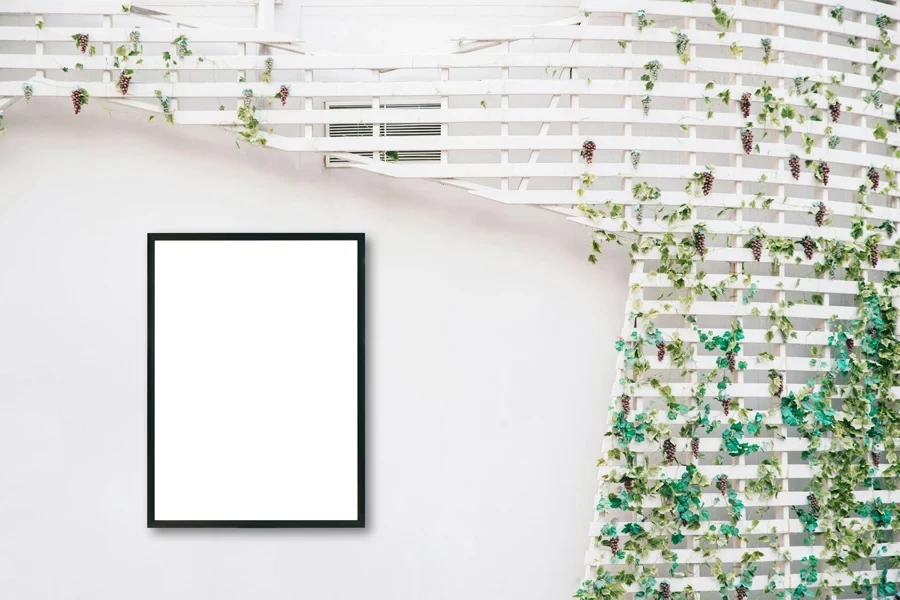
Photographic murals
Photographic murals have become extremely popular for their capacity to showcase detailed images in high-definition quality. By leveraging state-of-the-art printing methods, these murals can accurately replicate the intricate features at up to 1200 DPI resolutions, preserving sharpness and clarity down to the smallest detail. The application of eco-solvent inks doesn’t just enrich color intensity, it also boosts longevity, rendering these murals resistant to fading and suitable for settings with heavy foot traffic. Customization choices enable adjustment in size and trimming to ensure that these murals can seamlessly adorn any wall space, be it for a full-room setup or as a focal point on a single wall segment.
Abstract murals
Abstract murals are famous for their designs that bring a lively touch to indoor spaces. These artworks typically combine hand-painted and digital methods to create a look that enhances the depth and feel of a room. By using pigments that are resistant to UV rays, these murals ensure that their vibrant hues stay vivid when placed in direct sunlight. In artistic workplaces, like studios or offices, abstract murals with metallic or reflective elements can add a dynamic vibe by playing with light and creating a sense of motion and liveliness.
Nature-inspired murals
Murals inspired by nature aim to blend spaces with the beauty of the outdoors using advanced digital printing methods to capture detailed natural elements like lush foliage textures and vivid sunset hues. These artworks often employ large-scale printing for views that can encircle corners or adorn multiple walls for an immersive ambiance. In addition, these murals promote a healthy indoor space environment, making them perfect for bedrooms and areas designated for relaxation.
Geometric murals
The precise and orderly geometric murals showcase patterns that demand alignment when installed. They are often created with laser-cut templates or computer-assisted design (CAD) programs to guarantee flawless execution of each line and shape. Metallic foils or textured vinyl are commonly incorporated to introduce depth and tactile quality to the artwork. Geometric murals are an option for places such as offices or lobbies due to their durability and ease of cleaning. They are combining both style and practicality seamlessly.
Material-based murals
Different murals from different materials provide various options and advantages for multiple settings and purposes. For example, sandstone murals are created using stone shaped and refined to produce a long-lasting surface capable of enduring outdoor elements without damage. On the contrary, vinyl murals are made from chloride (PVC). It comes in diverse finishes, such as matte, gloss, and satin, giving room for flexibility in appearance and usage. Creating tile murals entails using kiln-fired tiles that are highly durable against moisture and temperature changes, making them perfect for kitchens and bathrooms or even outdoor settings. Painted murals featuring fresco techniques apply pigments onto plaster to achieve a lasting finish that seamlessly merges with the wall structure.
Things to consider when selecting products
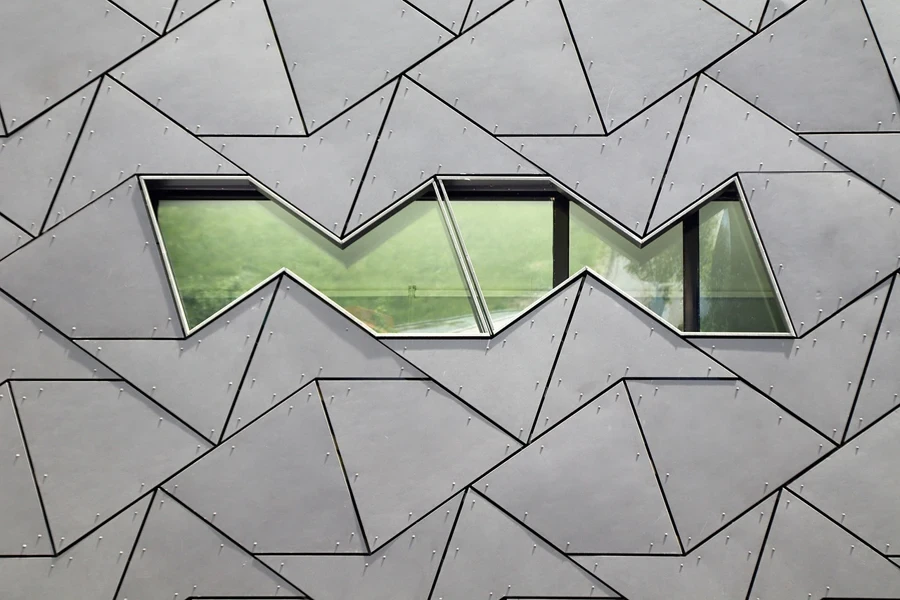
Room size and proportionality
Choosing a mural that matches the size of the room is crucial for achieving a balanced visual effect. In small spaces, large murals can overpower the room and make it feel cramped, while too-small murals may seem insignificant in larger rooms and fail to create the intended impact. To ensure accurate proportions, it’s important to measure both the wall and the mural to ensure that the mural covers around 60-80% of the wall area. This method helps maintain harmony without overpowering the space. Take into account where the mural is placed in relation to the ceiling height; murals that reach high up can shrink the room’s perceived height, and those that hang too low might disrupt the room’s visual harmony.
Material and durability
Choosing the materials for a mural should match the surroundings and how the room is used. Vinyl murals made of chloride (PVC) are quite tough. They can withstand moisture, mold, and UV rays, making them suitable for areas like bathrooms, kitchens, and outdoor spaces. These murals are usually between 200 and 400 microns in thickness, which helps make them strong and easy to clean. Canvas paintings are often created using cotton or polyester mixes to give them an artistic feel; however, they need a UV coating to prevent fading in brightly lit spaces. With their ability to conduct heat and resist moisture, ceramic tile murals are perfect for places that face high temperatures, like kitchen backsplashes or sunroom accent walls. Ceramic murals’ durability aspects are influenced by the type of grout used. Epoxy grout stands out for its ability to resist stains and cracks compared to cement-based options.
Color and lighting
The interaction between color and lighting plays a big role in shaping the atmosphere of a room and the visual appeal of the mural within it. When choosing colors for your space design, consider the Light Reflectance Value (LRV), which indicates how much light the surface reflects. Bright hues with high levels, such as whites and soft pastels, reflect light into the room, enhancing its brightness and perceived spaciousness. On the other hand, dark shades like deep blues and charcoal have low LRV levels that absorb more light, creating a cozy and intimate ambiance. Setting changes throughout the day is key to lighting the murals. LED lights that can switch from warm to cooler tones can make a difference. Position the lights at oblique angles to highlight textures and create depth in the artwork; softening shadows with lighting will give it a more polished finish.
Installation and maintenance
Installing murals correctly is key to ensuring a smooth application process goes well with vinyl murals. Considering the material’s response to temperature changes is crucial for avoiding issues, like wrinkles and bubbles that can arise from expansion and contraction effects. This will help ensure a good outcome when working with vinyl murals that need a room temperature (usually around 18 to 24 degrees Celsius). For painted murals, using fresco techniques installed onto plaster requires timing and humidity control to ensure the colors bond effectively with the surface for a durable and lasting result. Taking care of murals depends on the material used for them. For example, vinyl murals should be cleaned with a pH-neutral cleaner to prevent damage to the surface, while ceramic tile murals might need re-grouting every year to keep them strong. Regularly checking for wear and tear, like fading or peeling, can help catch problems and keep the mural looking good.
Conclusion
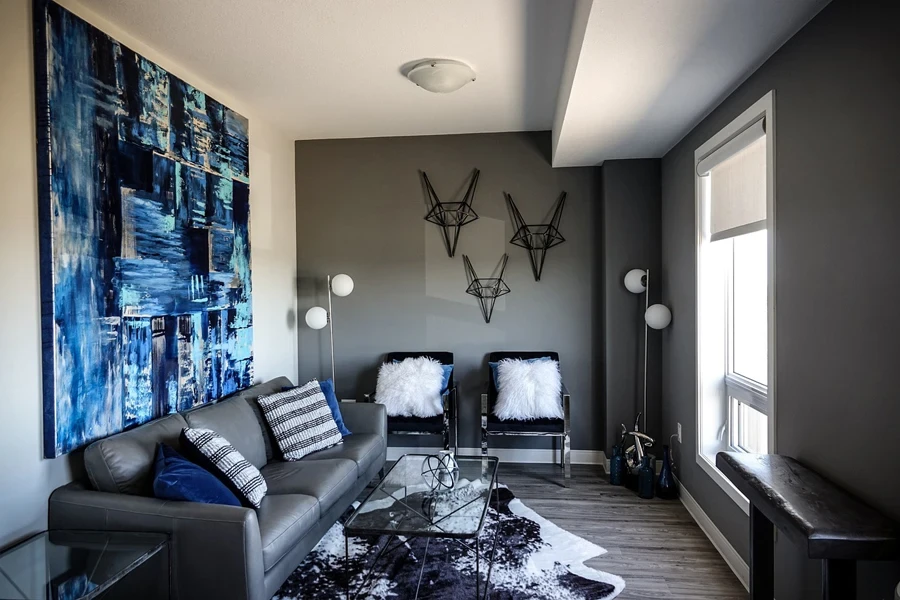
Wall paintings offer a chance to enhance areas with customized creative designs that align with both visual and practical objectives. They help to effectively transform any setting into a visually appealing and unified masterpiece that stands out in today’s competitive environment. By thoughtfully examining market trends, material options, and technical aspects of mural selection businesses and designers can achieve their goal.
